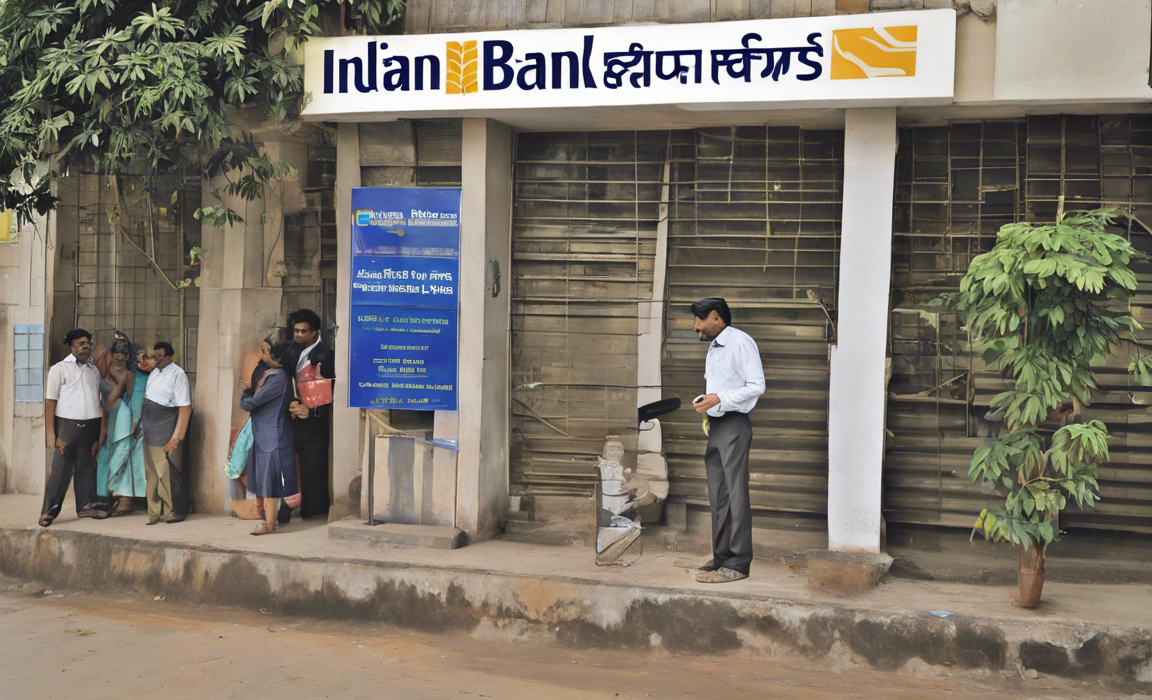The Indian banking sector has always been a critical component of the country’s economy, with a vast network of public, private, cooperative, and foreign banks catering to the diverse financial needs of customers. In recent years, this sector has witnessed significant changes driven by technological advancements, regulatory reforms, digital initiatives, and changing consumer preferences. Staying informed about the latest updates in the Indian banking sector is crucial for customers, investors, and industry stakeholders to make well-informed decisions and adapt to the evolving landscape.
Understanding the Evolution of Indian Banking Sector:
The Indian banking sector has undergone a significant transformation over the past few decades, transitioning from a traditional brick-and-mortar model to a more digital and tech-savvy ecosystem. The introduction of innovative services such as mobile banking, internet banking, digital wallets, and UPI payments has revolutionized the way customers interact with banks and manage their finances. Moreover, the emergence of fintech companies and digital lending platforms has disrupted the traditional banking model, prompting banks to adapt and innovate to stay competitive in the market.
Key Trends Shaping the Indian Banking Sector:
-
Digital Transformation: Banks are increasingly investing in digital technologies to enhance customer experience, streamline operations, and offer personalized services. The adoption of AI, machine learning, blockchain, and data analytics is helping banks improve efficiency, reduce costs, and mitigate risks.
-
Regulatory Reforms: The Reserve Bank of India (RBI) has introduced several regulatory reforms to strengthen the banking sector, enhance transparency, and protect the interests of customers. Initiatives such as PCA framework, prompt corrective action, and capital adequacy norms have been implemented to ensure the stability and soundness of banks.
-
Financial Inclusion: The government and regulators are emphasizing financial inclusion to bring underserved populations into the formal banking system. Initiatives like Jan Dhan Yojana, PMJDY, and Aadhaar-enabled payment systems have played a crucial role in expanding banking services to rural and remote areas.
-
Mergers and Acquisitions: The banking sector has witnessed a wave of mergers and acquisitions aimed at creating stronger and more resilient entities. Mergers like SBI associate banks merger, Bank of Baroda with Dena Bank and Vijaya Bank, and PNB with OBC and United Bank have reshaped the banking landscape in India.
Recent Developments in the Indian Banking Sector:
1. PSB Recapitalization: The government has infused capital into public sector banks (PSBs) to strengthen their balance sheets and improve their lending capacity. The recapitalization plan aims to enhance credit flow to the economy and support growth.
2. Moratorium and Restructuring: The RBI introduced a moratorium on loan repayments and a one-time loan restructuring scheme to provide relief to borrowers impacted by the COVID-19 pandemic. Banks have been working with customers to restructure loans and provide financial assistance.
3. Digital Payments Surge: The adoption of digital payment solutions has surged in India, driven by factors such as demonetization, regulatory support, and changing consumer behavior. UPI transactions, mobile wallets, and contactless payments have become increasingly popular among customers.
4. Asset Quality Challenges: Banks are facing challenges related to asset quality due to the economic slowdown and pandemic-induced stress. Non-performing assets (NPAs) and loan defaults have increased, necessitating proactive measures by banks to manage risks and improve asset quality.
5. Focus on Customer Experience: Banks are focusing on enhancing customer experience through digitization, personalized services, and efficient grievance redressal mechanisms. User-friendly mobile apps, chatbots, and AI-driven services are being deployed to provide seamless banking experience to customers.
Emerging Opportunities in Indian Banking Sector:
The evolving landscape of the Indian banking sector is presenting numerous opportunities for stakeholders to innovate, collaborate, and grow in a dynamic environment. Some of the key opportunities include:
-
Fintech Partnerships: Collaborating with fintech companies to leverage their technology and expertise for delivering innovative financial solutions to customers.
-
Wealth Management: Offering wealth management services to cater to the increasing demand for investment advisory and financial planning.
-
Economic Recovery Support: Extending credit support to sectors driving economic recovery post-pandemic, such as healthcare, technology, and agriculture.
-
Green Banking: Embracing sustainable and eco-friendly banking practices to address environmental concerns and meet the growing demand for green financing.
-
Cybersecurity Solutions: Investing in robust cybersecurity measures to protect customer data, prevent cyber threats, and ensure secure digital transactions.
Frequently Asked Questions (FAQs):
1. What is the role of RBI in regulating the Indian banking sector?
The Reserve Bank of India (RBI) is the central regulatory authority responsible for overseeing the functioning of banks in India, ensuring financial stability, formulating monetary policy, and regulating the banking system to maintain integrity and transparency.
2. How has the COVID-19 pandemic impacted the Indian banking sector?
The COVID-19 pandemic has posed challenges to the banking sector in terms of asset quality, liquidity management, digital acceleration, and customer service. Banks have had to adopt measures like loan restructuring, moratorium, and digital solutions to navigate the crisis.
3. What are the emerging digital trends transforming the banking sector in India?
Digital trends like open banking, artificial intelligence, blockchain, mobile banking, and biometric authentication are reshaping the Indian banking sector by enhancing customer experience, improving operational efficiency, and driving financial inclusion.
4. How are Indian banks fostering financial inclusion in rural areas?
Indian banks are leveraging technology, such as business correspondents, mobile banking, and digital payment solutions, to extend banking services to unbanked and underbanked populations in rural areas, thereby promoting financial inclusion and empowering marginalized communities.
5. What are the key challenges faced by Indian banks in the current scenario?
Indian banks are grappling with challenges like asset quality deterioration, increasing NPAs, regulatory compliance, cybersecurity threats, digital transformation complexities, and competition from fintech players, necessitating strategic planning and risk management to navigate the turbulent environment.
In conclusion, keeping abreast of the latest updates, trends, and developments in the Indian banking sector is essential for stakeholders to adapt, innovate, and capitalize on emerging opportunities. By understanding the evolving landscape, leveraging digital technologies, and fostering customer-centric approaches, banks can navigate challenges, drive growth, and build a resilient and sustainable future in the dynamic Indian banking ecosystem.






